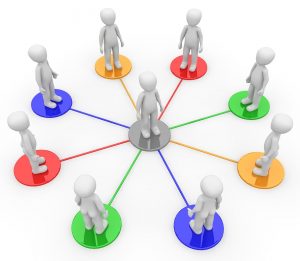
There seems to be some revolution going on in the R sphere… people seem to be jumping at what is commonly known as the tidyverse, a collection of packages developed and maintained by the Chief Scientist of RStudio, Hadley Wickham.
In this post, I explain what the tidyverse is and why I resist using it, so read on!
Continue reading “Why I don’t use the Tidyverse”









